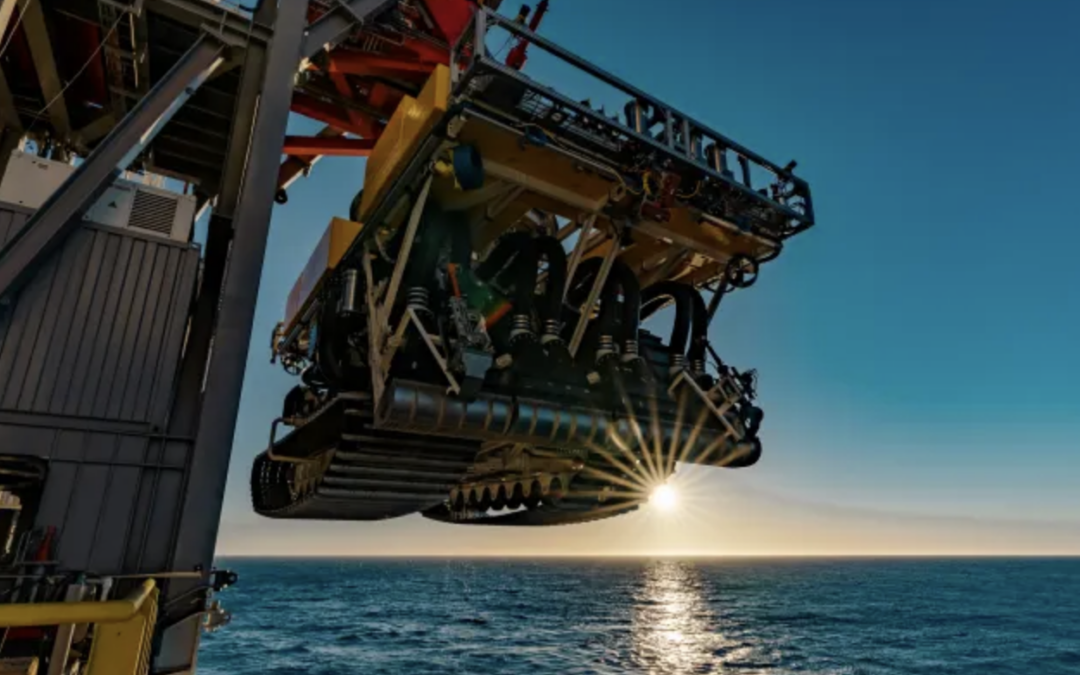According to a newspaper published in the peer-reviewed journal Current Biology, Scientists have discovered more than 5,500 entirely new species living on the seabed in the mineral-rich Clarion–Clipperton Zone (CCZ) of the Pacific Ocean, an area targeted by deep-sea miners.
As reported on Mining.com:
According to the research, which would help authorities to assess the risk of extinction of the species in light of the interest by mining companies, around 88% to 92% of the species had never been seen before.
Deep-sea miners are planning to extract key battery materials including cobalt, copper, nickel and manganese, from potato-sized rocks called “polymetallic nodules”.
These nodules lie on the ocean’s floor at depths of 4 to 6 km (2.5 to 4 miles) and are abundant in the CCZ, where Canada’s The Metals Co (NASDAQ: TMC), already has two exploration contracts.
The miner, which also has a deal to supply metals to Glencore (LON: GLEN), says its licence hosts enough in situ metal for 280 million electric vehicles, roughly the size of the entire US passenger vehicle fleet on the road today.
It also says the polymetallic nodule fields in the CCZ are the largest known, undeveloped nickel resource on the planet.
A growing numbers of countries including Germany, France, Spain, Chile, Costa Rica, New Zealand and Panama among others, have asked the United Nations-affiliated International Seabed Authority (ISA) to not rush into enacting mining regulations by July 2023 — a deadline that was set in 2021.
Other nations such as Brazil, the Netherlands, Portugal, Singapore and Switzerland have indicated they would not approve any mining contracts until sufficient environmental protections for the seabed are in place, regardless of the deadline set to adopt regulations.
China is instead stepping up efforts to to join the race to mine the deep sea for critical minerals, despite high profile companies including Google and automakers BMW, Renault, Volkswagen and Volvo pledging not to use deep-sea metals for the time being.
The ISA was created in 1994 to regulate mining in international waters while at the same time ensuring the protection of the marine environment.
At the time, the deep sea was considered a muddy, lifeless abyss, albeit one rich in cobalt, nickel and other metals potentially worth trillions of dollars. Scientists now know that mining the seabed could provide up to 45% of all the world’s critical metal needs by 2065.
More recent studies show that mining metals such as cobalt and nickel from the seafloor dramatically lowers the environmental impact of producing battery metals the traditional way.

